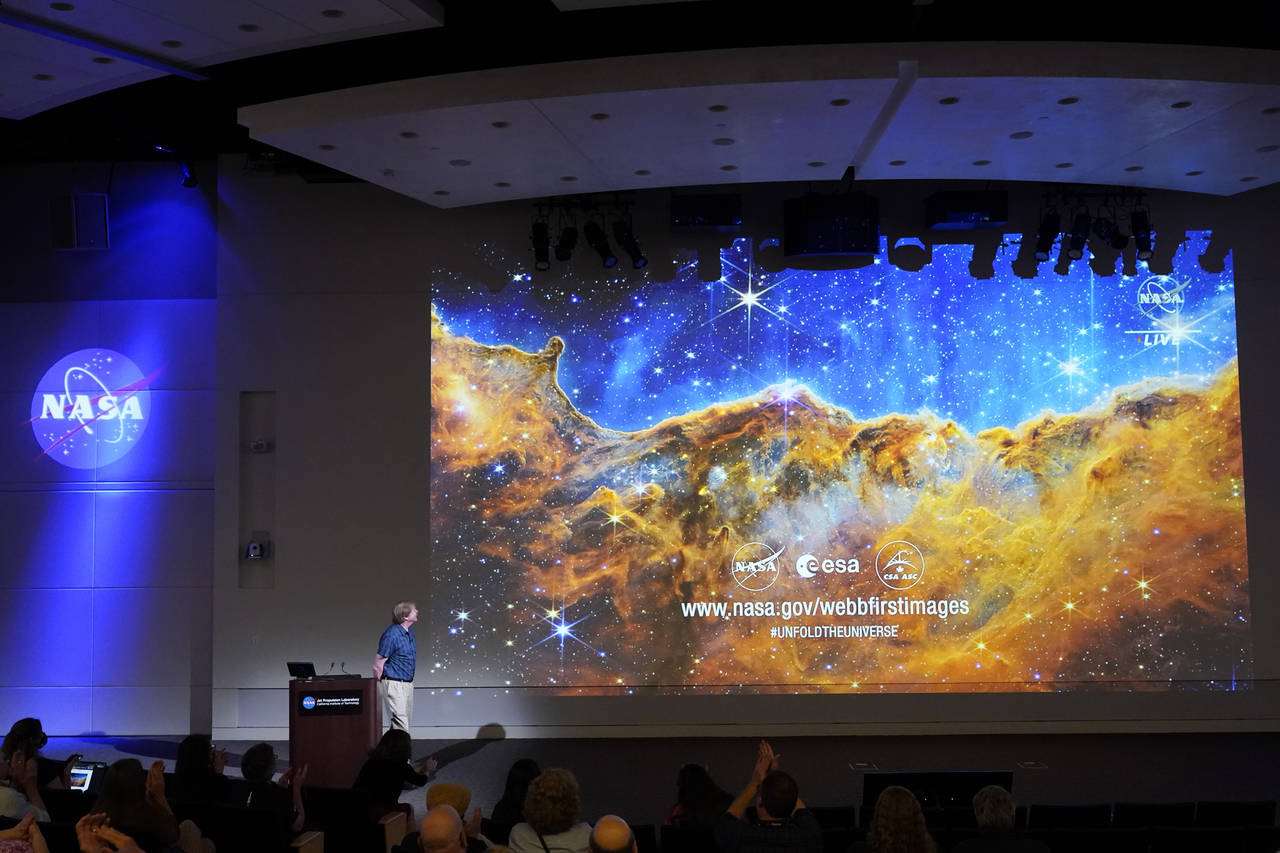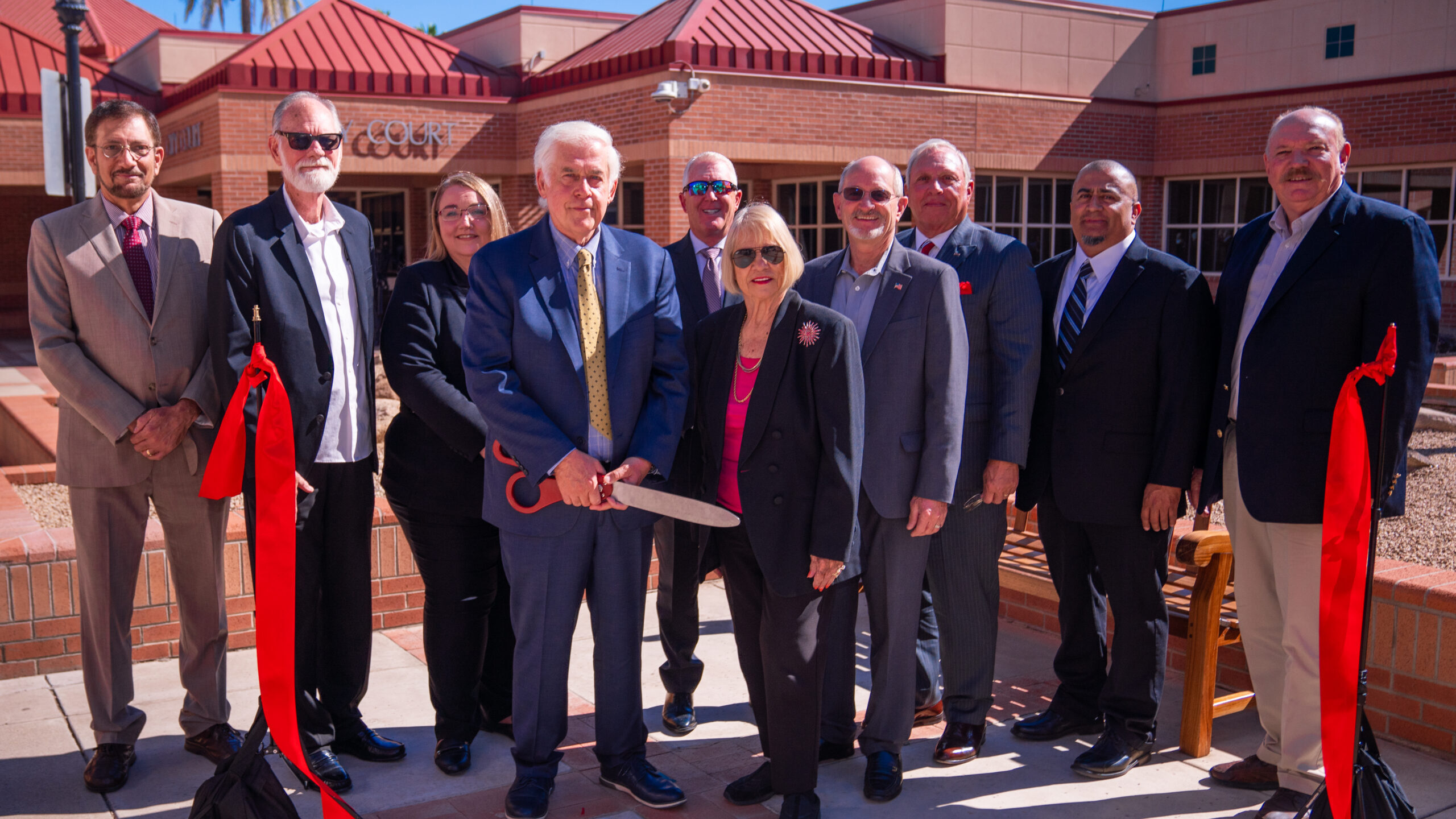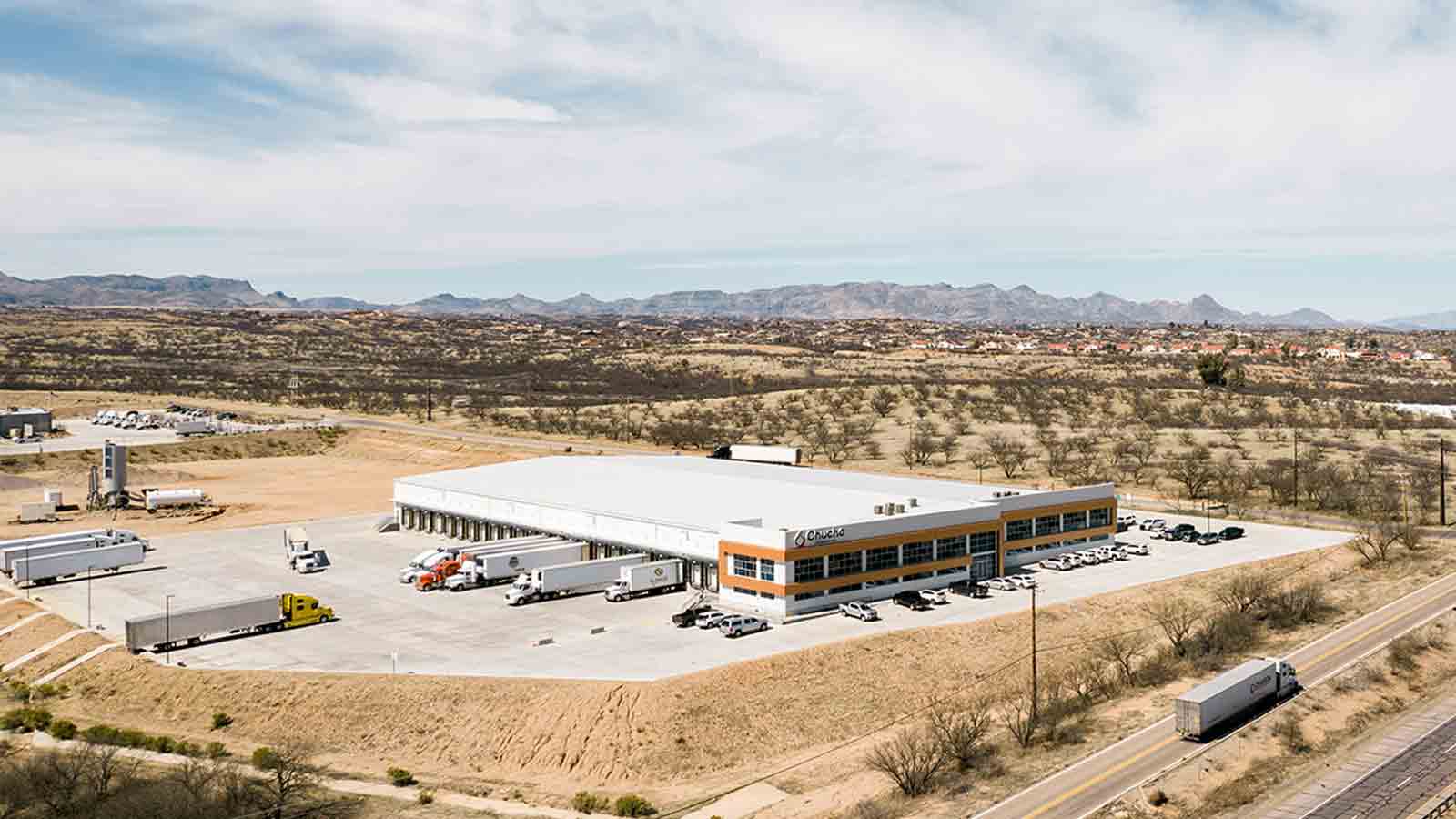First images from Webb Telescope leave Arizona contributors ‘speechless’
Jul 14, 2022, 4:05 AM
WASHINGTON – For the past eight years, Kevin Hainline has been on speaking tours where he raved about how the images from the James Webb Space Telescope would be “spectacular” and on the “front page of the newspaper.”
This week that promise became a reality.
NASA released five “stunning” full-color images from the telescope showing thousands of far-away galaxies, a dying star, a star being born and a grouping of five galaxies, all with never-before-seen detail.
“Seeing these images, I am speechless, they are beautiful,” said Hainline, a researcher on the Near Infrared Camera, or NIRCam, science team at the University of Arizona. “I’m so excited to go on a speaking tour where I get to say, ‘It didn’t break, it works, it works, it works.’”
Hainline is one of several Arizona scientists who have worked on the telescope, some for decades. They said Tuesday the images came out better than they could have imagined.
“They’re absolutely beautiful,” said Rogier Windhorst, a Regents’ astronomy professor at Arizona State University. “We were flabbergasted.”
The first image, the sharpest yet of a galaxy 4.6 billion light years away, was unveiled by NASA Monday at the White House. The others, released in a NASA live-stream Tuesday, included a star-forming region that revealed previously invisible areas of star birth and a dying star expelling clouds of gas and dust.
Design of the $10 billion telescope began in 1996 when it was known as Next Generation Space Telescope. Fourteen countries had a hand in the telescope that was originally set for launch in 2007, but delays and redesign pushed the launch to December 2021.
“It kept getting pushed back, but now that it’s here, it works perfectly,” said Ryan Endsley, a recent Ph.D. at UArizona who worked on NIRCam. “I think that that alone justifies how much time and investment that it took toward getting this thing off the ground and developed, because I do think that it is truly revolutionary.”
The Webb Telescope will work alongside the Hubble Space Telescope, which launched in 1990, but the new telescope gives “a view of the universe that Hubble could only barely scratch,” Hainline said. He said Webb picks up where Hubble cuts off and “allows us to see galaxies stretching back to hopefully the beginning of galaxies.”
The NIRCam, the primary Webb camera, was developed at UArizona and first proposed about 20 years ago by Marcia Rieke, a Regents’ professor of astronomy at the school, in collaboration with Lockheed Martin. She runs a team of 25 people who work on the camera.
Another Webb camera, the Mid-Infrared Instrument, or MIRI, was developed at UArizona by a team run by her husband, George Rieke, also a Regents’ professor of astronomy. His team of seven to eight people worked with scientists in Europe on MIRI.
“It was really neat to see the two sides cooperate so well in building the instrument,” said George Rieke, who said Europe has a “very different” space culture.
Both teams work along the same hallway at the Steward Observatory in Tucson, and celebrated the release there Tuesday morning.
The Riekes have “done an incredibly beautiful job at ensuring that their instruments are as perfect as can possibly be,” Endsley said.
Windhorst leads a team at ASU that works on the telescope. An interdisciplinary scientist for NASA, he said he has been advising the agency “about what the science for this telescope ought to be and what kind of specifications it needed to have to function properly to do all that science” for almost 21 years.
The release of the images is just the beginning for researchers, who will spend the rest of this year analyzing and taking data from the images to get a better understanding of the galaxies out there. The images released this week will help scientists better understand how galaxies came to be, how black holes work and what else is out there, among other things.
Thomas Beatty, a UArizona assistant research professor who worked on NIRCam, said researchers are “really ready to hit the ground running.”
After months getting the telescope ready to capture the new images, the NIRCam team is in a bit of a lull right now, but Beatty said “it feels like everybody is letting out a breath and right before taking another one back in before we actually work on the science stuff.”
After capturing these initial “awe-inspiring” images, the telescope will now switch to more purely scientific operations, when it will begin being pointed at interesting objects, taking observations and sending data back for analysis.
“It’s super exciting professionally just thinking about all the great science we’re going to be able to do in the next year or two,” Beatty said.
That stream of data will continue for decades to come.
“If this is the first day’s worth of color images, I am so excited about what the next 20 to 25 years of science is going to come out of this telescope,” Hainline said. “The images we’ve seen just are the absolute top of the iceberg of science and discovery.”











